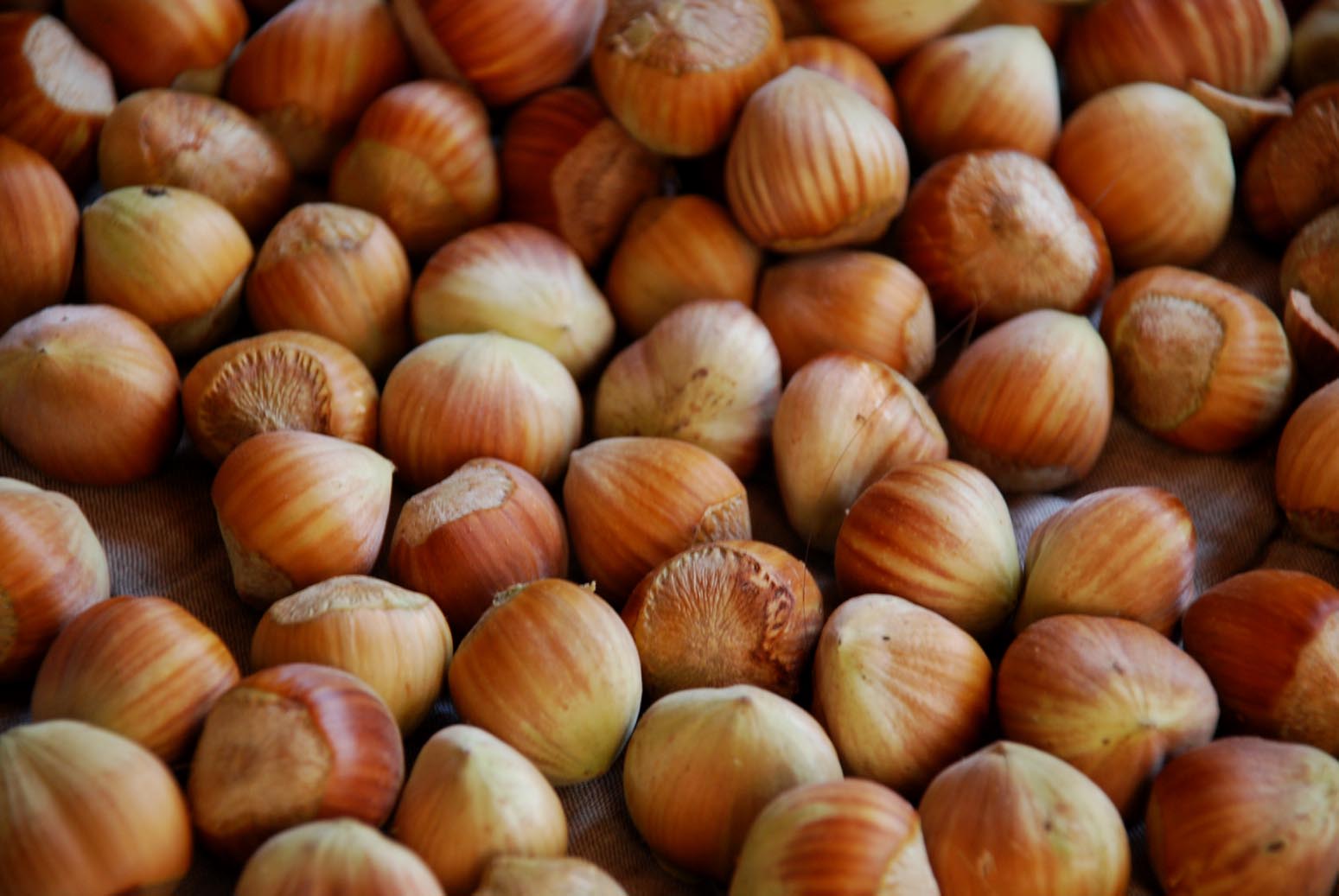The hardy hazelnut has been a part of Ireland’s landscape and lore for thousands of years. As the country’s only widely cultivated nut tree the hazel continues to be grown foraged, and enjoyed across the island. With proper selection of varieties and care, hazelnuts can thrive in gardens and small farms throughout Ireland.
A Native Species Rich in History
The common hazel (Corylus avellana) is native to Ireland and has grown wild for 8,000-11,000 years after the last Ice Age. Hazel trees proliferated to become the dominant forest species before being overtaken by beech. Hazelnuts have long provided food as well as featuring prominently in Irish folklore, mythology, and poetry.
Even today, foraging for wild hazelnuts remains a popular autumn activity. The hazel’s strong connection to Ireland’s land and culture makes it a meaningful tree to cultivate
Best Varieties for Ireland’s Climate
While wild hazel bushes grow profusely, several varieties have been selectively bred to produce larger, tastier nuts. Top performers recommended for Ireland’s conditions include:
-
Cosford Cob – Reliable heavy cropping of sweet, thin-shelled nuts. Good pollinator.
-
Webb’s Prize Cob – Large, sweet nuts on compact trees ideal for small gardens.
-
Hall’s Giant – Produces medium-sized, flavorful nuts even in difficult climates.
-
Kentish Cob – Exceptional-tasting nuts, though light cropping. Lovely catkins.
-
Red Filbert – Ornamental hazel with reddish fruits and purple foliage.
Ideal Growing Conditions
Hazelnuts thrive best in areas with:
- Light, well-drained soil with good moisture retention
- Full sun exposure to maximize fruiting
- Shelter from wind and cold (avoid frost pockets)
- Neutral to alkaline pH levels
Provide occasional fertilizer and water during dry periods. Some varieties grow as multi-stemmed bushes while others do best on short trunks. Grow two types near each other for proper pollination.
Harvesting and Enjoying Homegrown Hazelnuts
Nuts mature in September when husks turn yellow and nuts fall from branches. Harvest promptly before squirrels claim the bounty! Allow fresh nuts to dry for 3 weeks before storing in a cool, mouse-proof place.
The sweet, rich flavor of fresh hazelnuts can then be enjoyed all winter. Roast them in the oven or toast them over the fire for a special seasonal treat. They also make nutritious, delicious additions to salads, baked goods, confections, and meals.
An Ideal Tree for Gardens and Beyond
With its ancient connection to the Emerald Isle, stately form, and culinary usefulness, the hazelnut tree makes a nostalgic addition to any Irish garden today. Hazel also serves as a beneficial wildlife habitat and can be coppiced for traditional crafts. For nut lovers wanting to produce their own food sustainably, hazelnuts are Ireland’s top nut tree.
How to grow and harvest hazelnuts (filberts) at home, successfully!
FAQ
Are hazelnuts native to Ireland?
Can you eat Irish hazelnuts?
What nut trees grow in Ireland?
What countries do hazelnuts grow in?
Can you grow hazelnuts in Ireland?
Although collecting wild hazelnuts from hedgerows was a common activity in Ireland until recently (and has perhaps seen a resurgence due to the current popularity of all kinds of foraging), commercial nut growing has never been a significant aspect of Irish food production.
What nut trees grow well in Ireland?
There are really only three types of fruiting nut trees that do well in Ireland. The hazel nut [Corylus avellana], the sweet chestnut [Castanea sativa] and the afore mentioned walnut [Juglans regia]. While all of these nuts will store very well the greatest pleasure of growing your own is being able to eat them fresh or what is know as wet.
What is a hazelnut nut?
A native species with many uses and an ancient history. Hazel nuts are one of the foods associated with the very earliest human settlements in Ireland of Mesolithic man, who also used hazel as the strong flexible timber for his huts. Hazel grows as an under storey in oak and ash woodlands or as pure hazel woods.
Where do hazelnuts grow in Europe?
The hazelnut grows wild throughout Europe to this day. It is widely grown in Mediterranean countries and in Anatolia. The most important countries of production are Turkey and Italy. The secret to the historical success of the European hazel was that it was one of the first temperate shrubs to colonize the land after the retreat of the ice sheets.
- A Complete Guide to Caring for Yuki Cherry Blossom Shrub - January 23, 2025
- Identifying Red Hot Poker Seeds: What to Look For When Harvesting Torch Lily Pods - January 23, 2025
- A Complete Guide to Harvesting Evening Primrose Seeds - January 23, 2025

